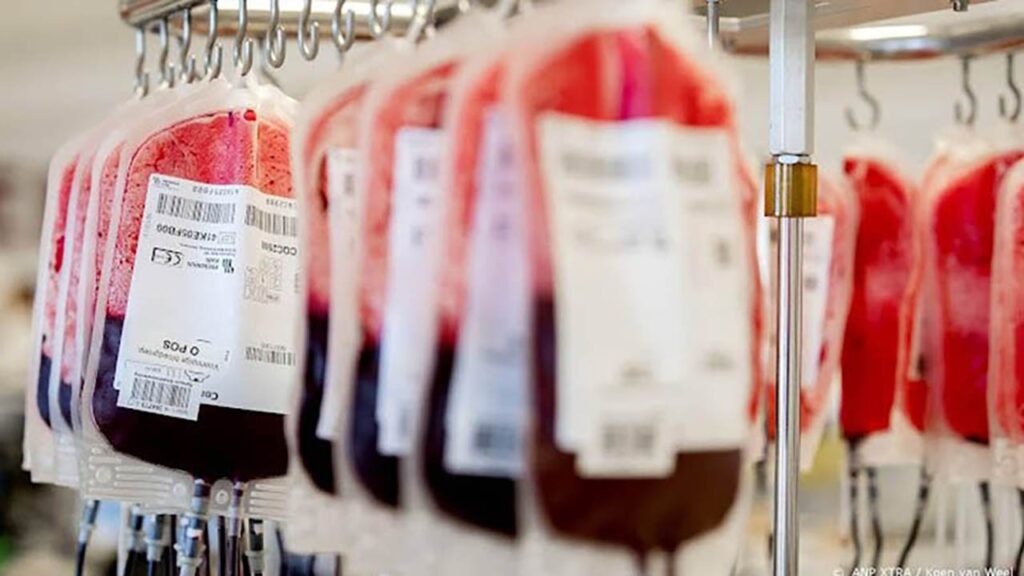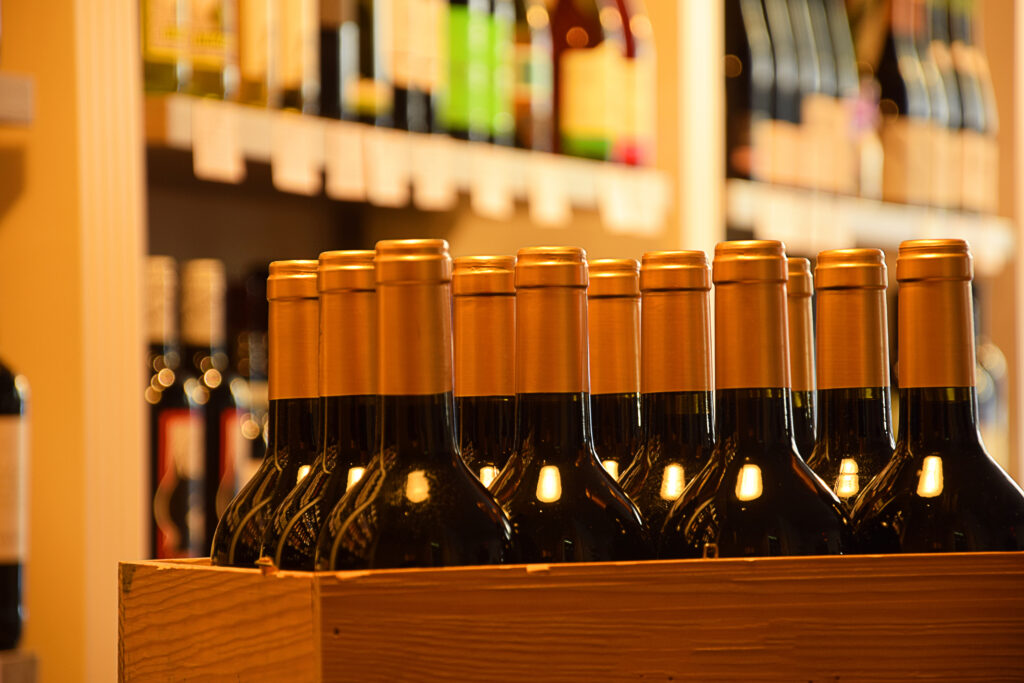Paragon Labeling’s labeling machines can be configured to automatically label a wide variety of bottles, including cosmetics containers, pharmaceutical packages, and beverages.
Our team has the depth and experience to build labeling equipment for even the most complex applications, freeing up your employees to focus on other, more productive tasks. Each of our machines is compatible with a number of applicator modules that can be configured to meet the unique needs of different industries.
These feature-rich and robust systems provide end-users with the benefits of a customized solution for the price of a standard solution, giving you an unparalleled value proposition and strong return on investment.
Benefits of using a bottle labeler
- Improves efficiency. Labeling machines reduce human error and can work faster than manual processes.
- Streamlines production, processing, and delivery. Clear labels that are applied neatly and without wrinkles ensures barcodes are easy to read.
- Offers flexibility. Our high-performance labeling machines can be configured to label nearly any shape or style of product.
- Low cost of ownership. Streamline production and improve efficiency with a custom solution that comes at a standard price.
- Highly reliable. These sturdy machines are built to last.
- Helps your brand stand out. Eye-catching labels help differentiate your bottles from all the others on the shelf and make a great first impression to consumers.
Labeling machines for bottles
All of our labeling machines are compatible with multiple applicator modules and can be configured for RFID.

PLS 500
The PLS 500 is the ultimate label application solution for maximizing an organization’s productivity. Whether you need to apply pre-printed labels, utilize print and apply labeling, or need a RFID solution, the PLS-500 series of products can meet your most demanding needs.
This feature-rich labeling solution is built from durable plate aluminum with a fully enclosed chassis and pressurized cabinet that protects the engine and keeps out debris. The PLS 500 is based on an Allen Bradley PLC and boasts a remote mount interface, color touch screen display, and swing-away applicator mounts for easy cleaning and loading.
This model can label in virtually any orientation and can be upgraded over time to scale up with your business.
PLS 400
The PLS 400 is a print and apply labeler that can both print and apply labels in a variety of configurations. This streamlines the labeling process significantly and reduces labor cost for a strong return on investment.
This labeling machine has a modular design that can grow and adjust with your business. A sturdy plate aluminum build is outfitted with your choice of industry leading print engine to create a powerful labeling solution capable of gap sensing and operator product delays for the most accurate label placement.
PLS 100
The PLS 100 is the premier decorative labeling solution for applying pre-printed labels. It is compatible with a number of applicator modules — including wipe (merge), tamp, dual panel tamp, and more — to quickly and efficiently label bottles or bulk order packaging.
This robust system has a plate aluminum chassis, PLC controller, and remote mount interface. A peel-tip label gap sensor and highly accurate stepper drive ensures precise label placement every time.
Contact us for questions or to request a personalized demo of our bottle labeling machines.

